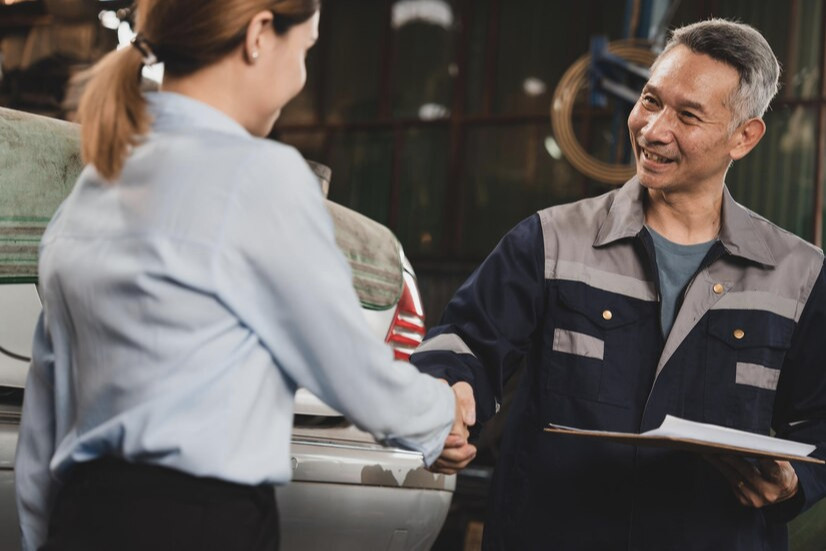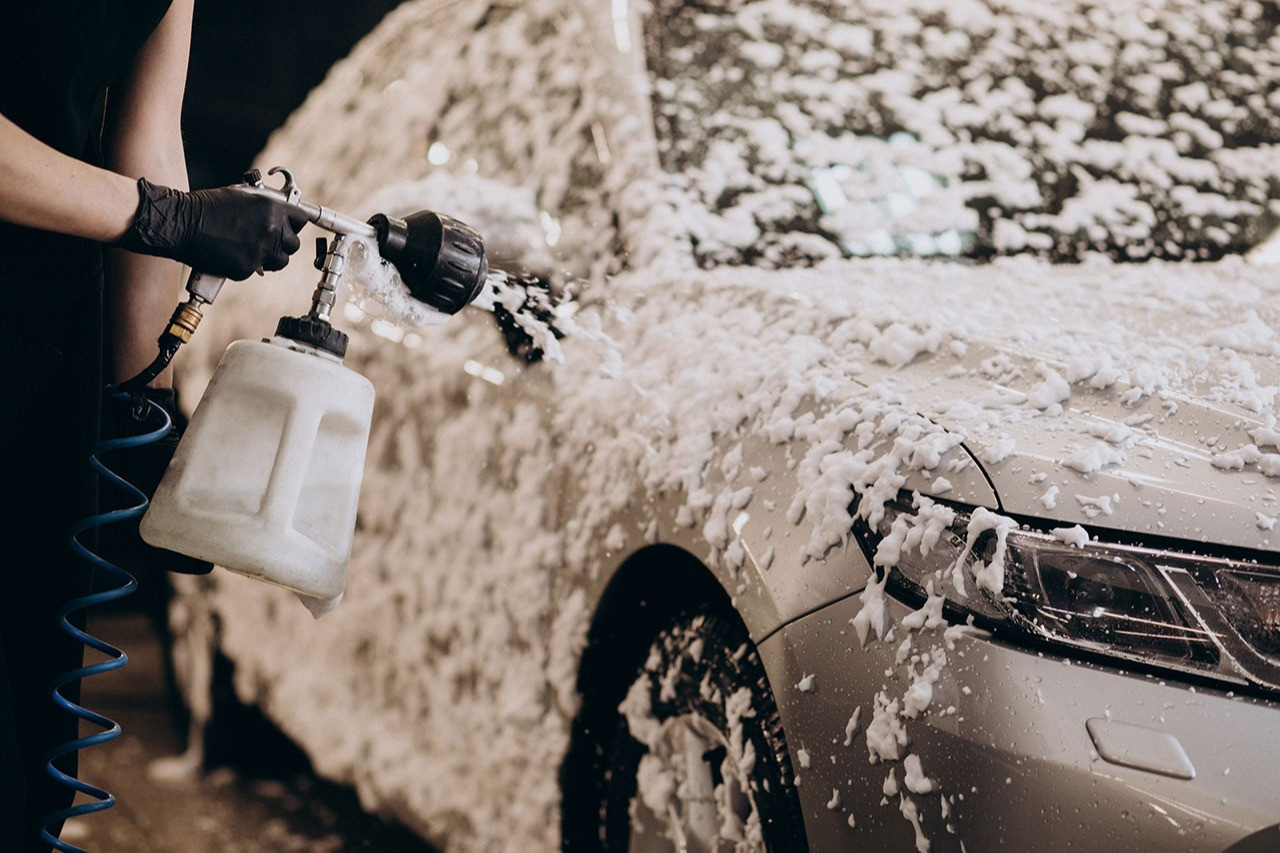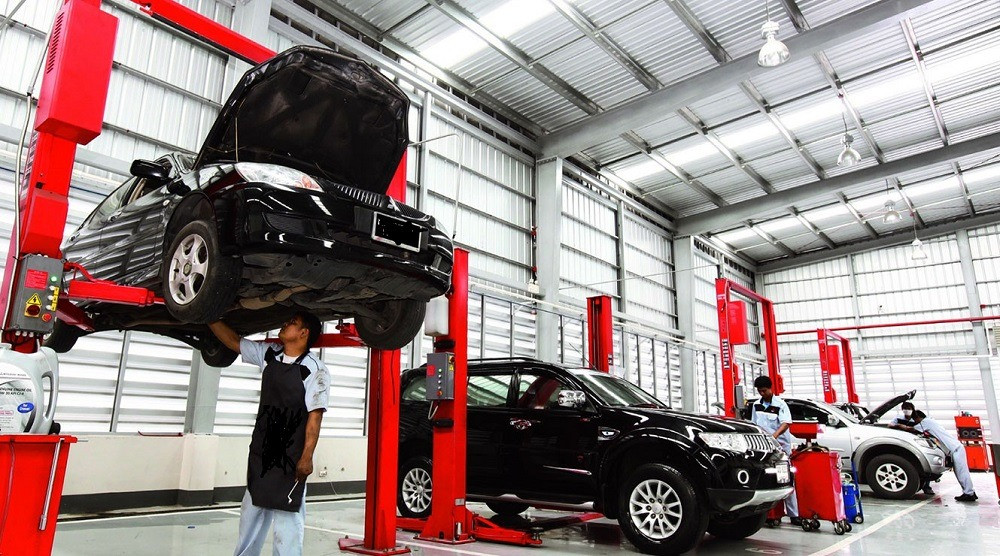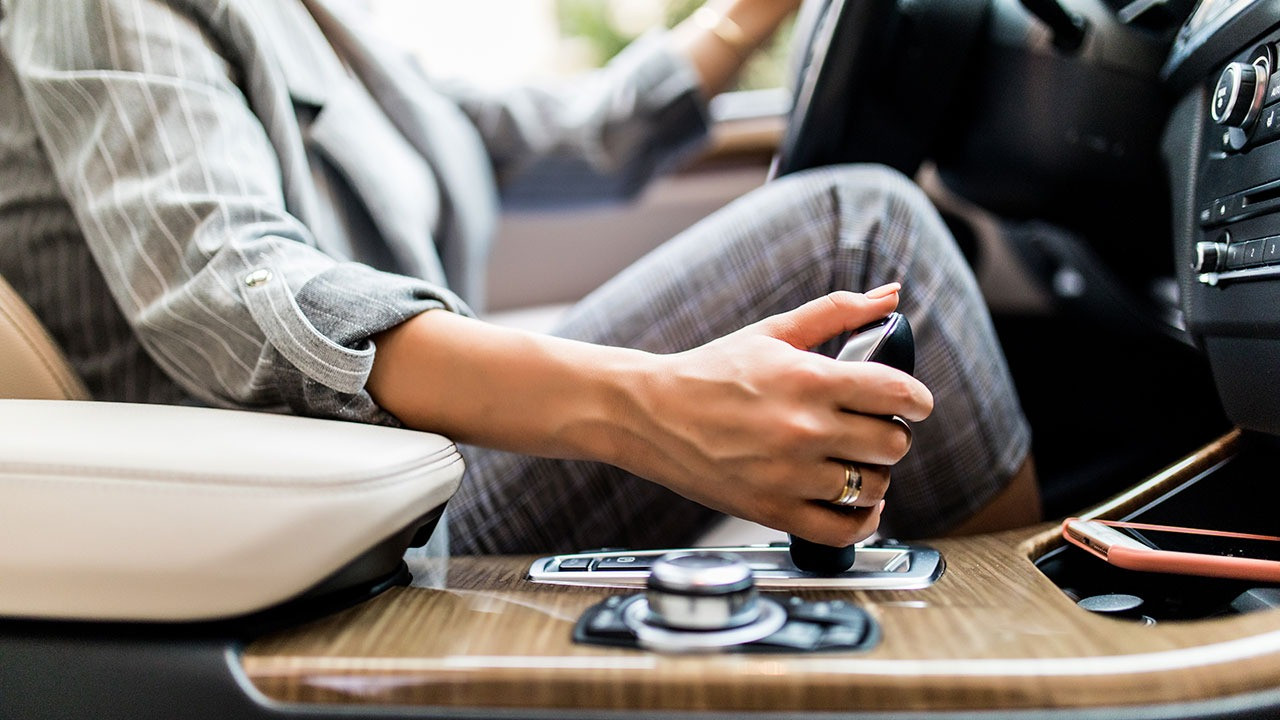How To Check Used Car Before Buying
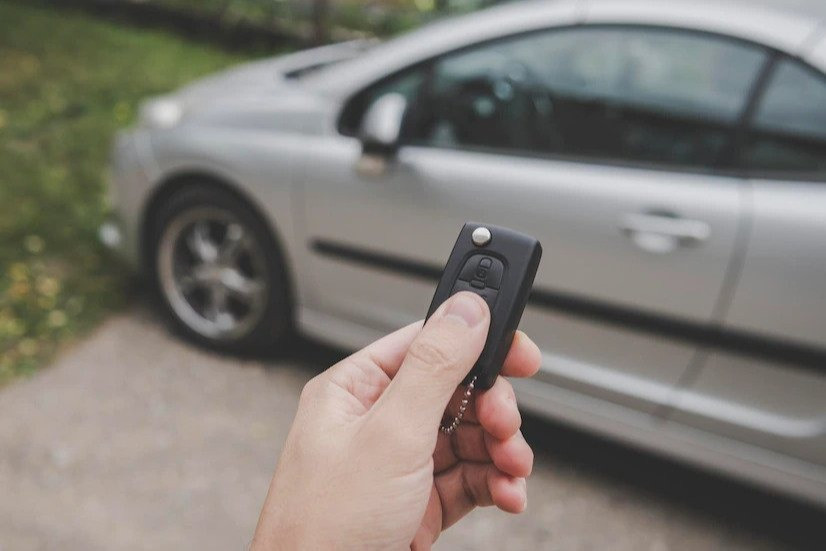
The most important rule when buying a used car is to conclude a deal only after a detailed diagnosis.
First of all, it is important to understand that a used car is already a “traveled” vehicle, which most likely has defects and damage. Unscrupulous sellers, in pursuit of profitability, hide these defects in various ways. Therefore, when choosing a car, you need to be aware of the possible tricks of sellers and notice them in advance.
It is also important to understand that the budget you put into buying a used car should exceed the final price. After the purchase, your expenses do not end, you will need to pay for reinsurance and correction of defects if any, etc.
Tips for choosing a used car
These rules will help you not only save money when buying a used car but also make a deal that is profitable from all sides.
- Plan your budget ahead of time. If you decide to buy a car, then you should save up 20% to cover the initial expenses. They include the cost of re-registration, purchase of insurance, technical inspection, elimination of existing malfunctions and defects, etc.;
- Do not hurry. Do not rush to the first option that comes across. It is necessary to study the offers of sellers on sites for ads, analyze the prices for the models of interest, and look for the best option;
- Don't forget to bargain. The first priority when buying a used car is to save money. Sellers on ad sites often include possible bidding in the indicated cost. Therefore, the final price of the car can be 5-10% less;
- Be ready to leave at any moment. Don't mess with dealers. The safest and most correct option is to buy from the owner;
- Do not take money with you for the inspection. People are different. You can be deceived, or even robbed.
Technical check-up
We have prepared for you a number of rules that must be observed when buying a used car.
Body, dents, rust
Visual inspection is the first thing to do before buying. If you are not an expert, it will be very difficult to determine whether the car was in an accident. What can be recommended? Look into the engine compartment, if possible – inspect the spars, the inside of the wings, and the inside of the trunk (floor and side panels). Also, check the doorways and glass around the car for originality and production date. It is recommended to look under the bottom of the car, it would be useful to use a device for measuring the paintwork. This is the necessary minimum that you can do yourself, but it is better to entrust the examination procedures to professionals – they have a full eye and a lot of experience in this matter.
Suspension and tires
It is necessary to check the suspension by driving several kilometers on different road surfaces (asphalt, gravel, primer, and so on). If there are serious malfunctions, you will definitely hear it. But it’s better not to skimp, pay for diagnostics and entrust the check to professionals at the service station, where there is special equipment.
Tires must be evenly worn and match the season. The same tires on all wheels of the car may indicate that the owner treated the car well. Different tires on the same axle are not allowed.
Headlights
The headlights must be clean, without any traces of fogging and cracks, and have a whole body. It is recommended to check the performance of all bulbs. You need to diagnose not only the front and rear lights but also not forget about turn signals, brake lights, interior lights, and fog lights.
Dashboard and indication
It is necessary to check all the indicators on the instrument panel:
- speedometer;
- odometer;
- tachometer;
- engine temperature;
- fuel tank sensor;
- and other signals (there should be no red and yellow icons).
Furnace and air conditioner
A faulty air conditioner can lead to costly repairs, so checking it out is a must. Cold air must be supplied through all ducts, while the operation of the equipment should not be too loud. The heater is checked in the same way.
Radiator and pipes
You need to check the radiator for antifreeze leakage, as well as the level and color of the coolant. If the liquid contains rust or the level of the antifreeze is below the minimum, most likely the previous owner did not properly care for the car. Also, do not forget to check the pipes for leaks.
Engine oil
Usually, a car mechanic should look under the body of the car – this will help determine the fact of an oil leak. Additionally, it is recommended to check the color and smell of the oil, if there is a burnt smell, and the color is too black – these are clear signs that it has not been changed for a long time.
Compression
The engine can be checked by ear – when it starts, there should be no extraneous noise, knocks, and crackling. It is also necessary to measure the compression level in each cylinder, only an experienced mechanic can do this, plus a measuring device will be needed.
Exhaust smoke
White, black, or blue smoke indicates engine problems. It is not recommended to purchase such a car, as expensive engine repairs may be required.
Transmission and braking system
Brakes are one of the most important components of the car, on which the safety of the driver and passengers depends. Do not forget to additionally check the operation of the hand brake and gearbox.
So, you know about all the stages of car check-up, you know what to look for and you know how to bargain. Therefore, when buying a used car, you should always adhere to the main rule – be vigilant.

